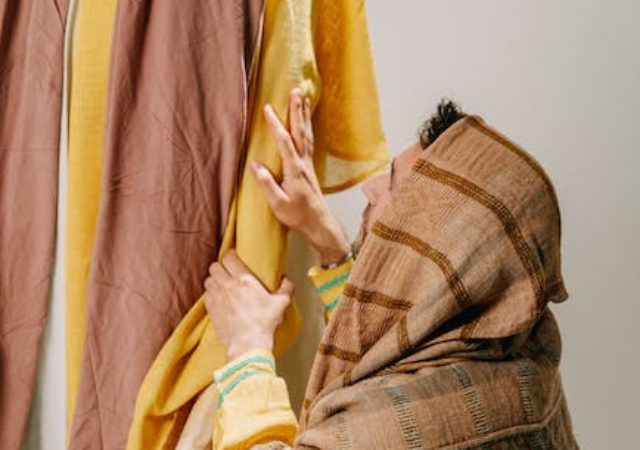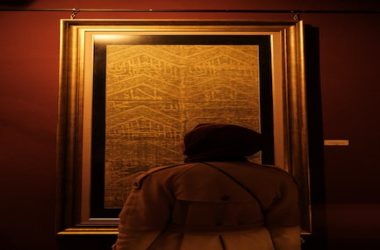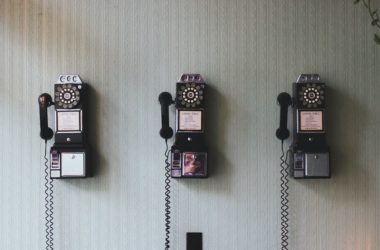Introduction
LGBTQIA+ representation in media has come a long way over the years, from early negative stereotypes to more diverse and positive portrayals. The importance of discussing this topic cannot be overstated, as media plays a crucial role in shaping societal attitudes towards marginalized groups. In this article, we will explore the progression of LGBTQIA+ representation in media, from its early days to the present.
Early Representation in Media
Early media representation of LGBTQIA+ individuals was often negative, portraying them as deviant or perverse. This reinforced harmful stereotypes and contributed to the marginalization of the LGBTQIA+ community. However, there were also positive portrayals that challenged prevailing attitudes. For example, the groundbreaking play “The Children’s Hour” (1934) dared to depict a lesbian relationship and its tragic consequences.
Queer Coding and Subtext
Queer coding and subtext have long been used in media to suggest same-sex desire without making it explicit. This was often a result of censorship laws that restricted depictions of LGBTQIA+ individuals. While this approach allowed some representation of LGBTQIA+ characters, it also reinforced harmful stereotypes and stigmatized queerness. Examples of queer coding and subtext can be found in popular media such as Batman and the TV show Friends.
The Rise of Queer Cinema
The emergence of queer cinema in the late 20th century marked a turning point in LGBTQIA+ representation. Filmmakers and actors were able to create authentic portrayals of LGBTQIA+ individuals and their experiences. Influential films such as “Paris Is Burning” (1990) and “Brokeback Mountain” (2005) gave insight into the lives of LGBTQIA+ individuals and helped to challenge mainstream societal attitudes.
Mainstream Representation in Film and Television
In recent years, mainstream media representation of LGBTQIA+ individuals has become more commonplace. More diverse and positive portrayals can be found in popular media such as “Pose” (2018) and “Love, Simon” (2018). This increased visibility has had a profound impact on the LGBTQIA+ community, helping to challenge harmful stereotypes and promote inclusivity.
Diversity and Intersectionality in LGBTQIA+ Representation
Intersectionality and diversity in LGBTQIA+ representation is essential for promoting inclusivity. Media that depicts only a narrow set of LGBTQIA+ experiences can be harmful and limiting, contributing to marginalization and erasure. Examples of intersectional representation in media include “Moonlight” (2016), which explores the intersection of queerness and race, and “The Favourite” (2018), which features a queer main character.
Ongoing Challenges and Controversies
LGBTQIA+ representation in media still faces numerous challenges and controversies. Negative stereotypes and harmful subtext can still be found in some media, as can tokenized representation that fails to capture the diversity of the LGBTQIA+ community. Controversies surrounding representation in recent media include harmful depictions of conversion therapy in “Boy Erased” (2018).
Looking Ahead: The Future of LGBTQIA+ Representation in Media
The future of LGBTQIA+ representation in media is promising, with continued progress expected. With more representation comes greater acceptance and inclusivity, helping to decrease marginalization and promote understanding. It is essential that this progress continues, with media creators striving for intersectional and diverse representation.
Conclusion
LGBTQIA+ representation in media has come a long way from its early days of harmful stereotypes and marginalization. Queer cinema, mainstream representation, and intersectionality have all contributed to a more positive and diverse portrayal of LGBTQIA+ individuals. However, challenges and controversies still exist, and continued progress is essential. With greater representation comes greater acceptance and inclusivity, promoting understanding and reducing marginalization.





